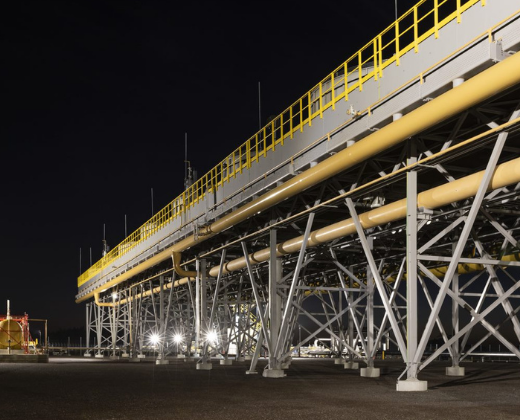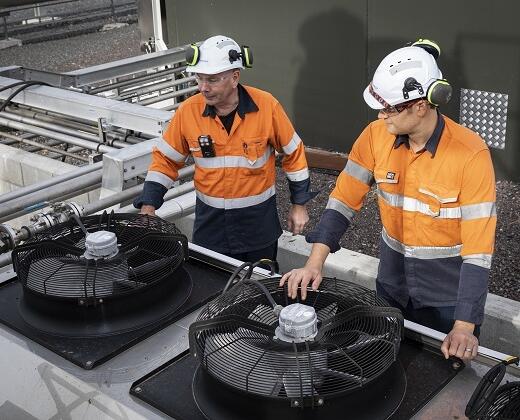A bright new future for electricity in the Far North
He āpōpō pai mō te hiko i Te Hiku o Te Ika
keep reading
Environmental management practices at the Ngāwhā geothermal plant are monitored by independent environmental specialists and reported under consent conditions to Northland Regional Council.
A comprehensive environmental effects report was prepared as part of the resource consenting process for the Ngāwhā expansion, and resource consent was granted in July 2017.
At Ngāwhā the geothermal fluids used to generate electricity are returned to the deep geothermal reservoir via re-injection wells. This practice not only prevents geothermal fluid discharge into the environment (where adverse effects would occur) but also maintains reservoir fluid mass. This in turn enhances the long term sustainability of the geothermal resource as well as minimising the possibility of any surface subsidence.
The Ngāwhā geothermal site is home to many native bird, fish and plant life and Ngawha Generation Limited is committed to preserving these through its ongoing ecological monitoring.
Native New Zealand birds, include Tomtit, Fantail, Pipit, NZ Brown Kiwi and the Fernbird (Matata). The North Island Fernbird is classified as ‘sparse’ by the Department of Conservation and, although difficult to find, has been identified at the Ngāwhā geothermal site.
The North Island Mudfish, classified as ‘critically endangered’ can only be found in the wetlands near the Kerikeri Airport and at Ngawha. Eels can also be found onsite, living in the outer-lying waterways (receiving waters) at Ngāwhā.
The native Sun Orchid, a pretty flowering plant, and Sedge (Baumea complanta) a plant that is only found in the Ngāwhā wetlands, both thrive at the Ngāwhā geothermal site.
Ngāwhā geothermal power station operates a comprehensive environmental management plan and environmental monitoring to preserve the natural resources, the underground reservoir and the natural waterways. Environmental monitoring measures include:
If there is a change to any of these characteristics, the effect is traced back to find the root cause then taken into consideration in the operational and environmental management of the site.
As part of any earthworks, sediment and erosion control was achieved using temporary settling ponds for treating rain water runoff and revegetation of disturbed surfaces with suitable plants. Plants hold the soil on the banks (erosion control) and provide a natural filtration system (sediment control); as water containing small particles could flow from the site as a result of rainfall. Sediment control is important so that soil and other materials do not flow into natural waterways around the site, which could have a negative effect on native fish.

